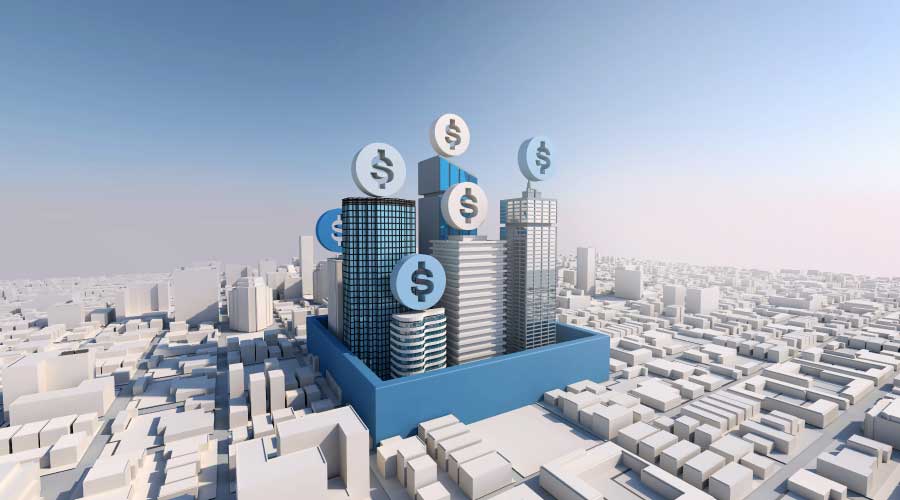Retrocommissioning Sensors Monitor Energy Waste
The sensors do not directly track energy use. Instead, they monitor a series of facility and equipment conditions that can indicate energy waste.
They include:
• Thermostat setbacks not enabled for unoccupied hours, meaning improper scheduling on the thermostats
• Excessive lighting during occupied hours
• Excessive lighting during unoccupied hours
• Overconditioning, meaning overly aggressive heating or cooling, where the setpoints are too high or too low
• Underconditioning, in cases where the system is freezing out occupants in winter or sweating them out in the summer
• Shortcycling and undereconomizing by rooftop HVAC units
• Overly narrow deadbands, where heating and cooling setpoints are too close together.
The suitcase contains software that enables users to collect, process, store, and analyze data the sensors collect. The software can generate specific recommendations on actions to take to reduce the building’s energy costs and to improve comfort. After a month or so of automatic data collection, the user collects the sensors and plugs them into sockets in the suitcase to download the collected data.
The software then offers recommendations on ways to fix the problem, and using utility data, it estimates the cost savings from correcting the problem.
“One of the few things the user inputs on the software side, other than importing the sensor data, is the annual utility spend for that building,” Granderson says. “From that information, we can estimate the cost savings from addressing these pretty common problems.”
Related Topics:












